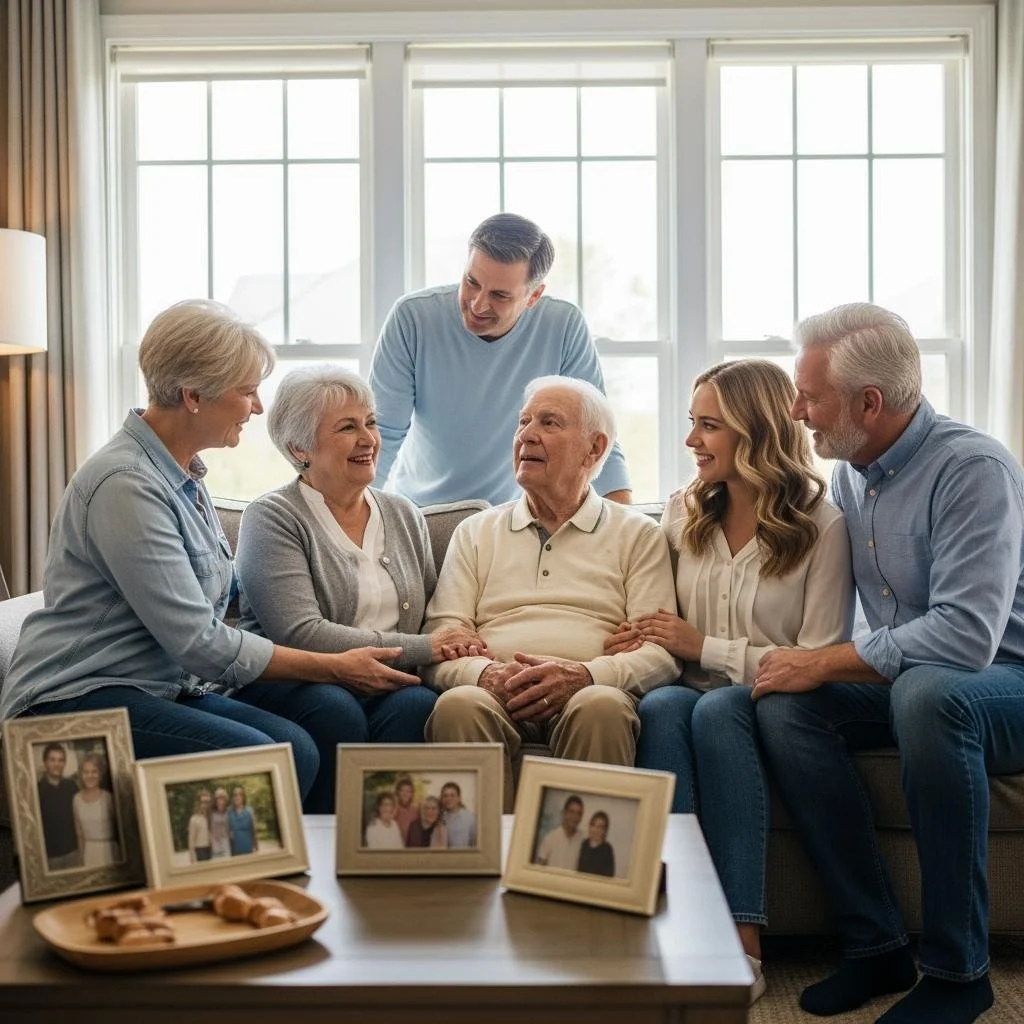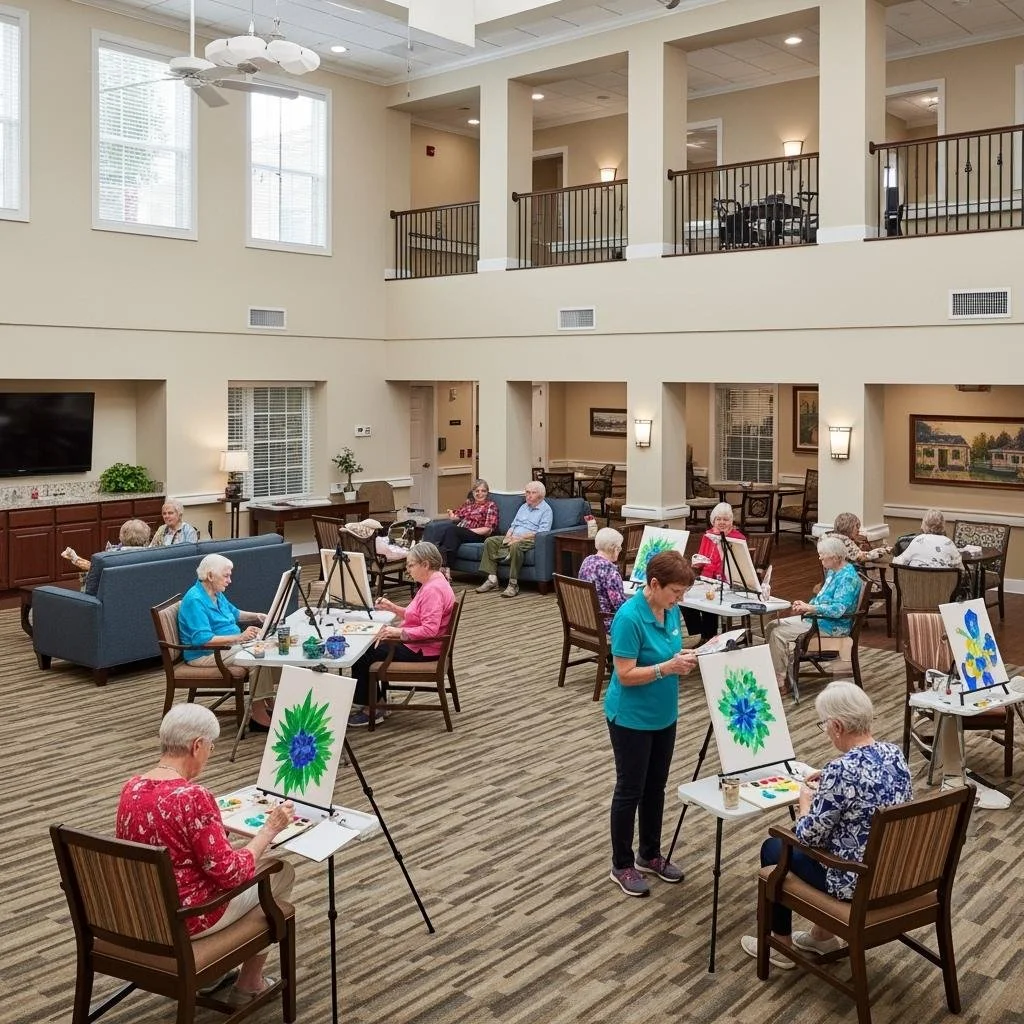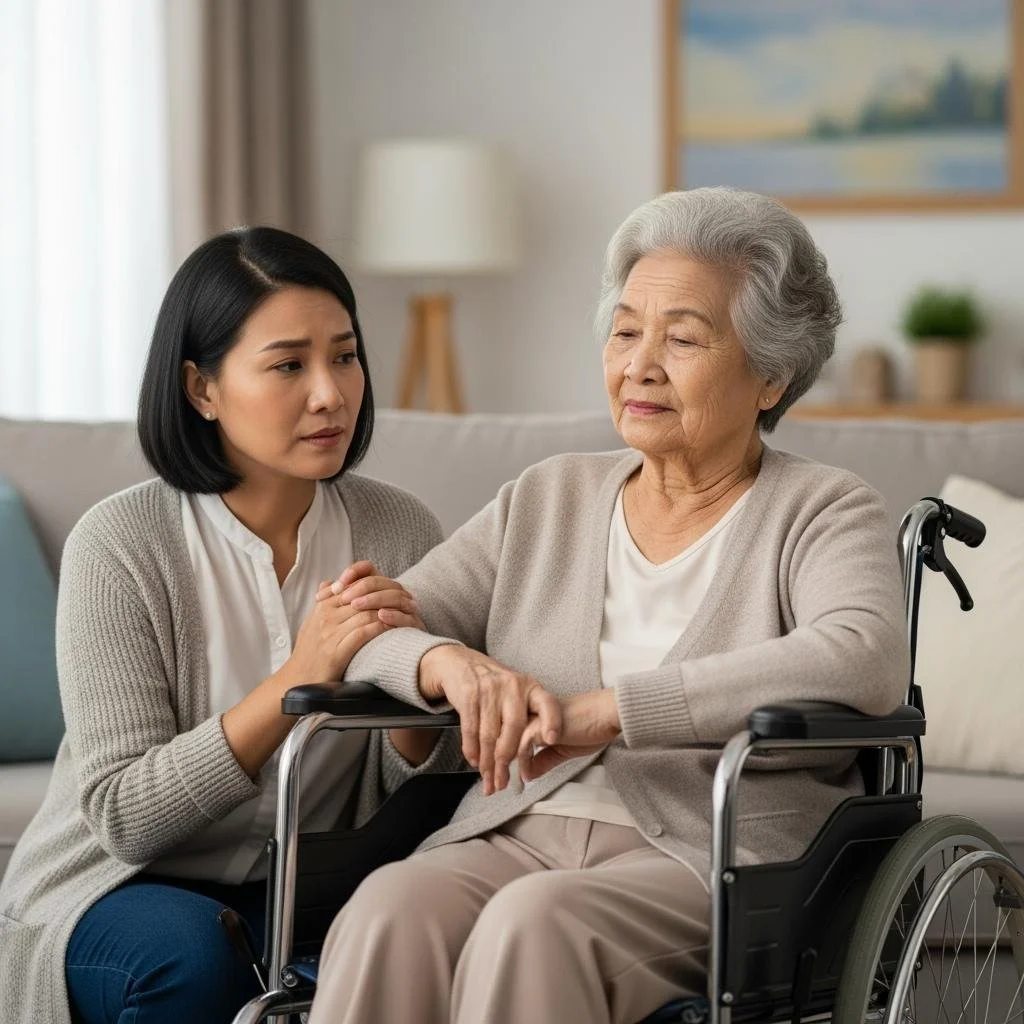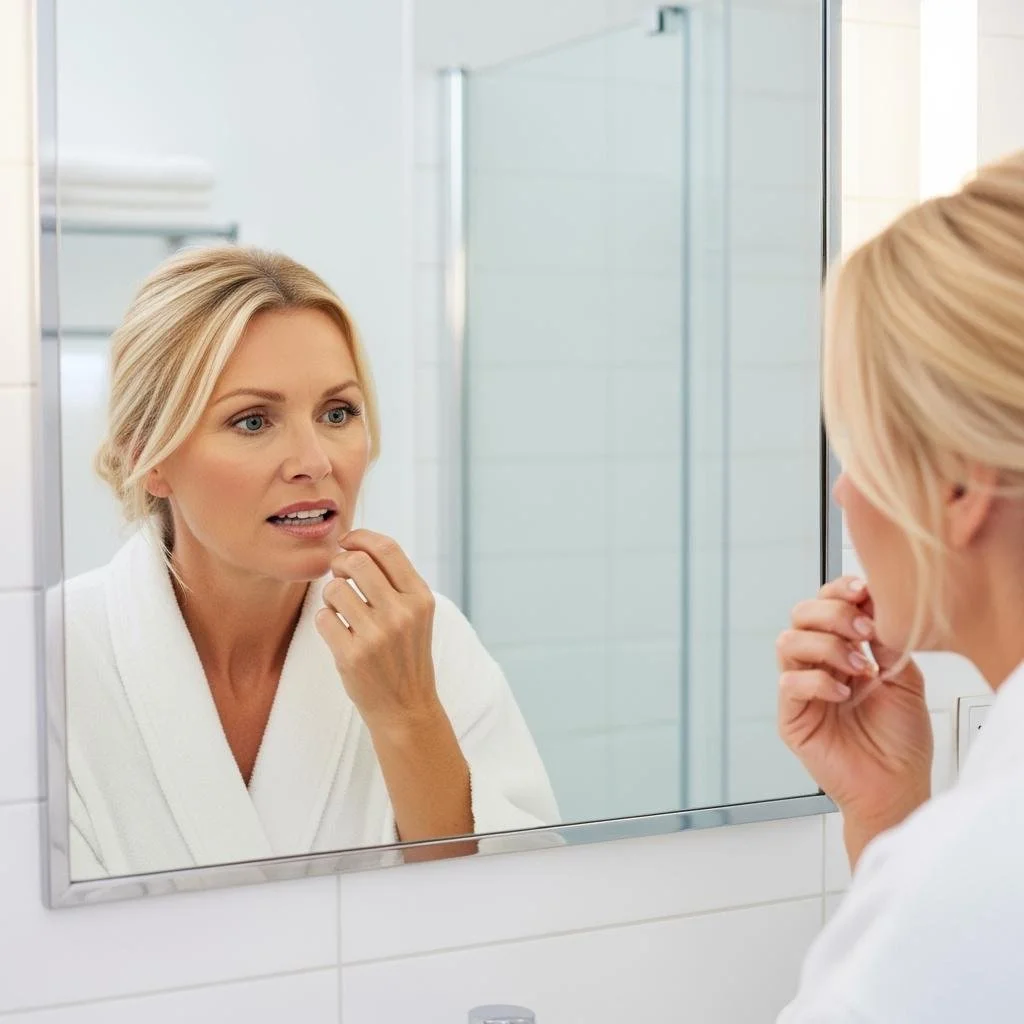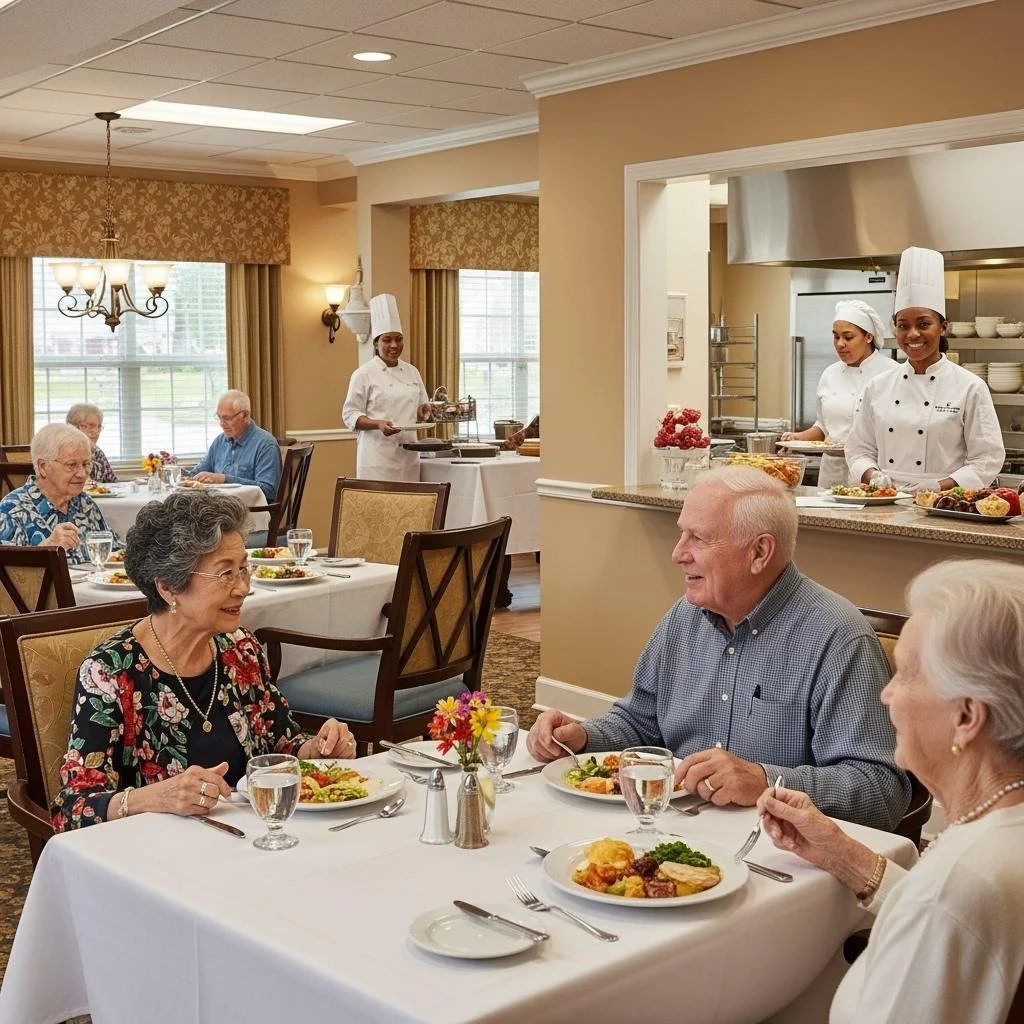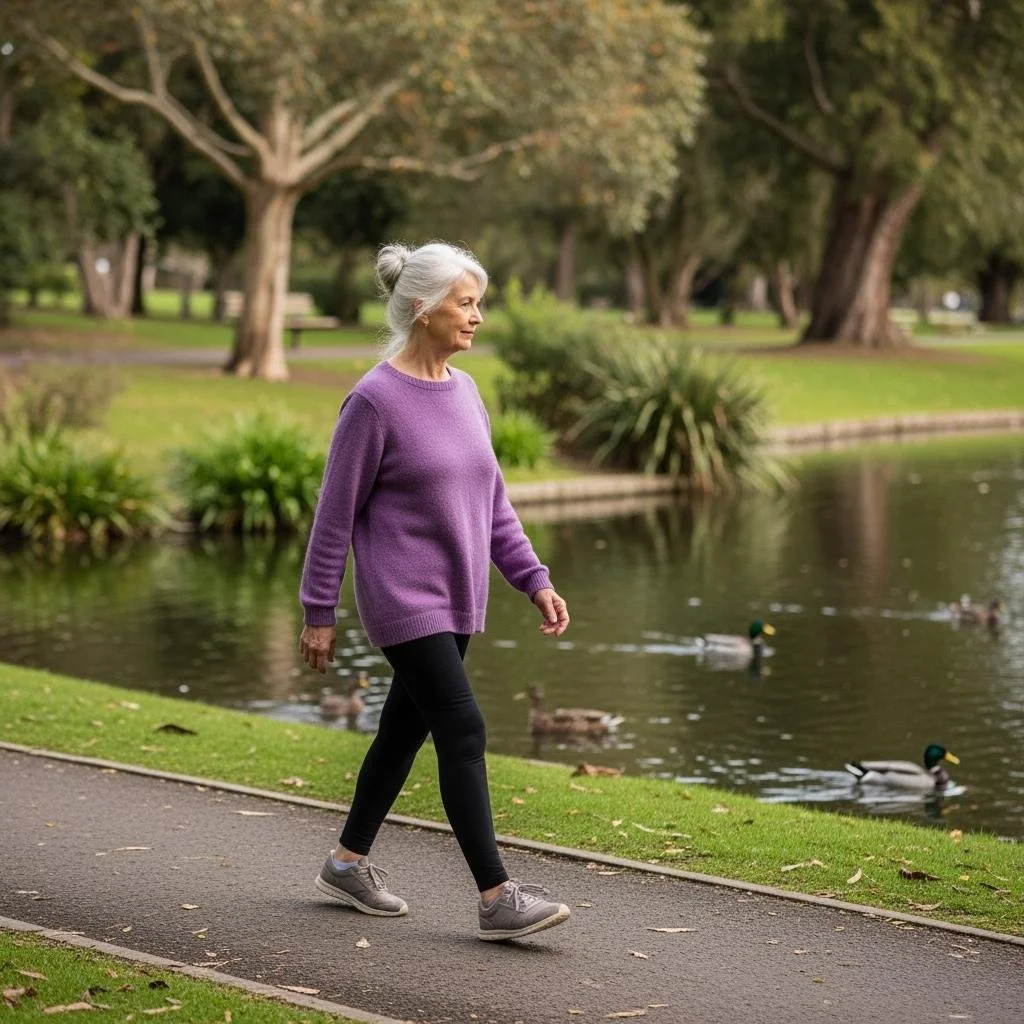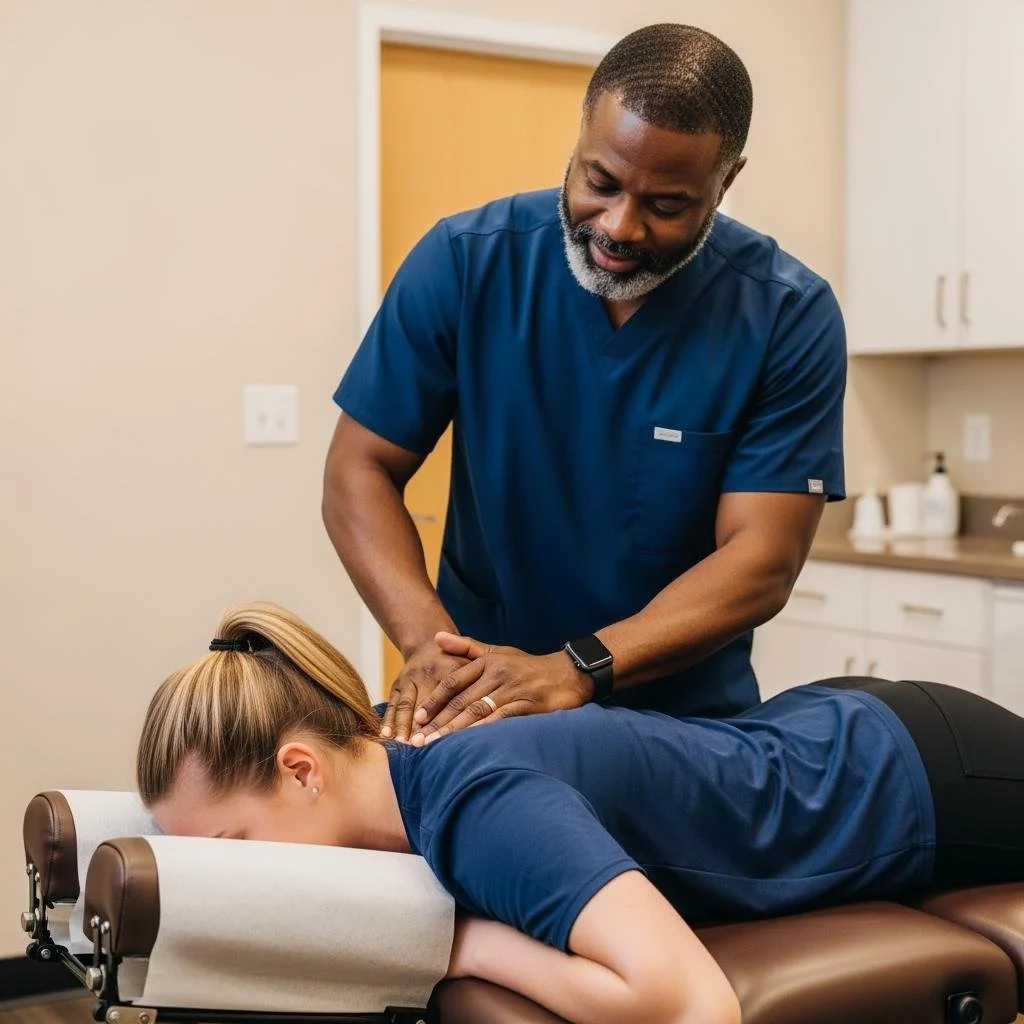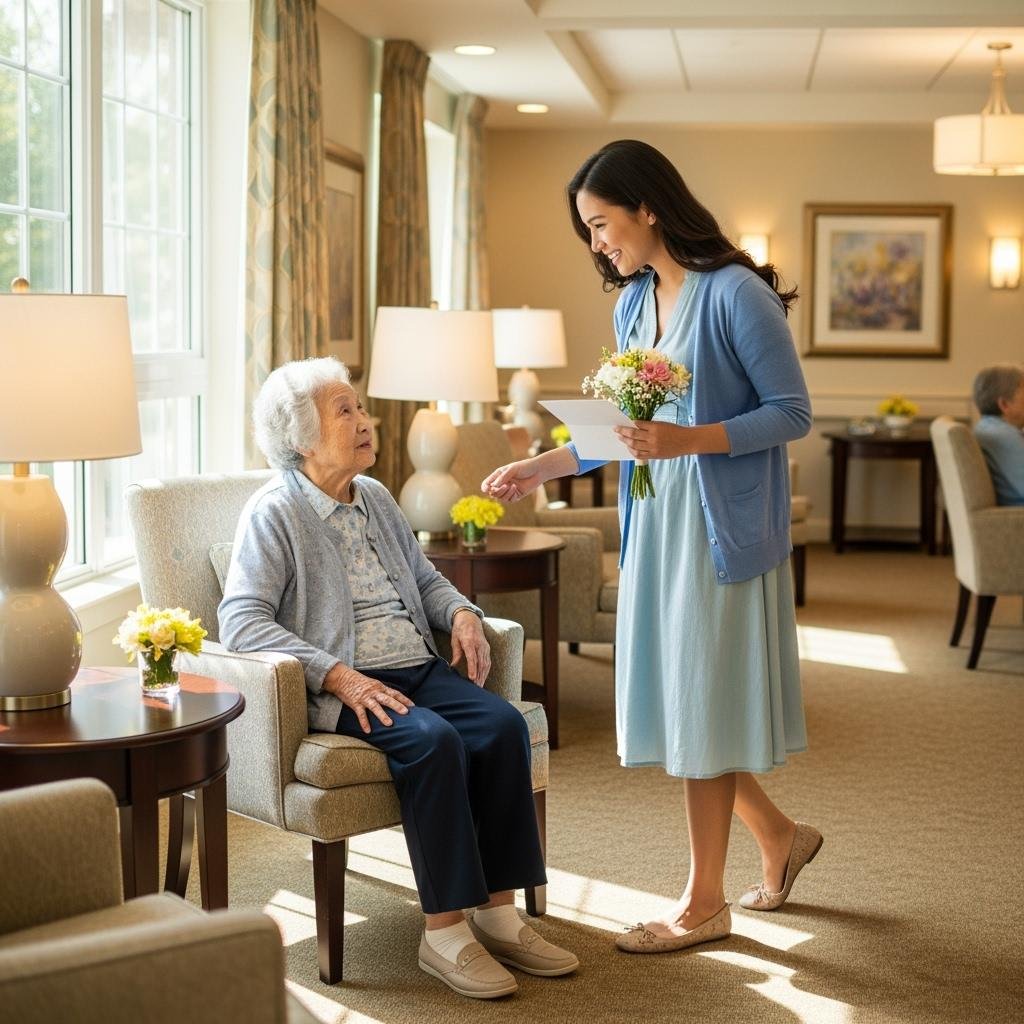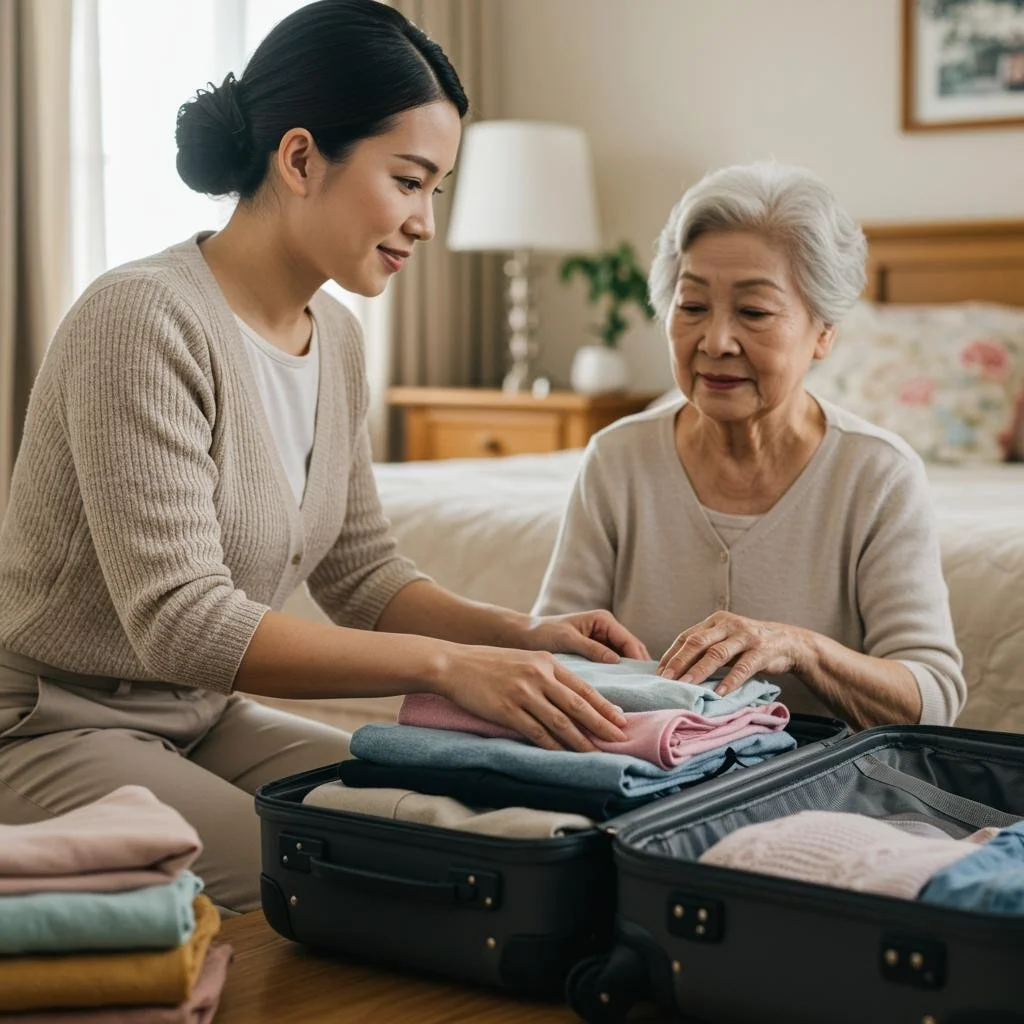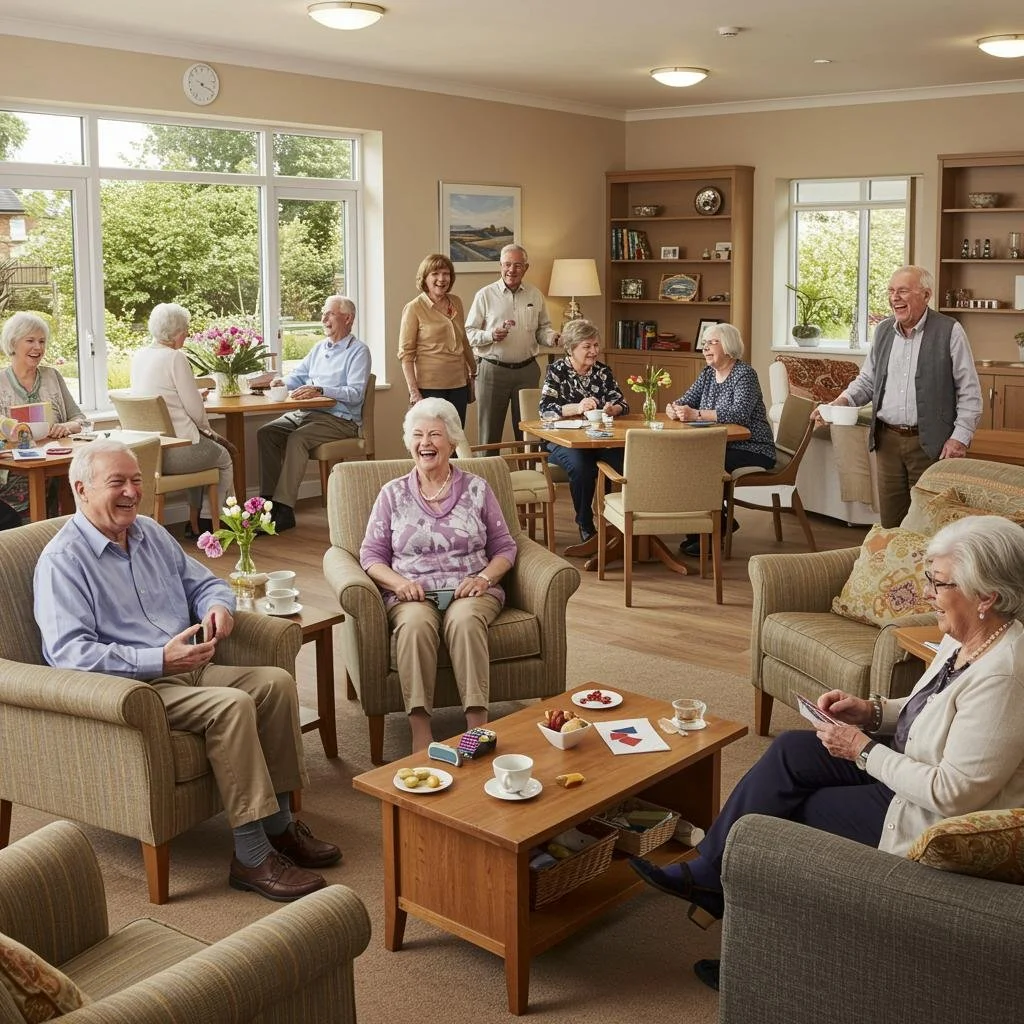Looking for ways to stay active, connected, and joyful as a senior? The environment you choose to live in plays a significant role in your overall well-being. Selecting a community that offers the right amenities can make all the difference in how you experience each day.
Imagine having easy access to fitness centers, walking trails, social clubs, and hobby rooms—all designed with your needs and interests in mind. These features not only support your health but also bring a sense of purpose, connection, and fun into your daily routine.
In this article, we’ll explore essential amenities that can elevate your lifestyle and help you live your golden years to the fullest. Whether you're planning a move or simply looking to enhance your current living situation, these options are worth considering.
No. 1
Fitness Center or Exercise Classes
Fitness centers and exercise classes help seniors stay strong and healthy. Moving your body can make muscles and bones stronger and help keep your balance. This can lower the chance of falling or getting hurt.
Having a fitness center nearby makes it easy to work out safely. Classes like yoga, tai chi, or water aerobics are gentle ways to stay fit and meet others. Group classes give support and help you keep going.
Choosing a place with good fitness centers or exercise classes can help you stay active and feel good. Plus, on-site & remote IT support can make it easy to learn about new programs and stay connected.
No. 2
Social Spaces and Clubs
Social spaces and clubs give seniors a chance to meet others and have fun. These places bring people together to enjoy games, crafts, or group activities. Being around friends helps stop feeling lonely and keeps the mind busy.
Clubs for reading, art, or music let you make new friends and try new things. These spaces often have events that make people laugh and work together.
Living in a community with social spaces and clubs helps create a happy and friendly place. These amenities enhancing senior lifestyles help make every day better and full of joy.
No. 3
Outdoor Areas and Walking Trails
Outdoor areas and walking trails help seniors get fresh air and enjoy nature. Walking is an easy way to keep the body strong and the mind clear. Having safe and simple paths close by makes it easy to move around and spend time outside.
Parks, gardens, and quiet trails are nice places to relax or talk with friends. Being outside can help lower stress and make people feel happier. Living in a place with good outdoor areas and walking trails helps seniors stay healthy and active. Knowing these spaces are safe and well kept gives peace of mind and makes it easier to enjoy walks and time outdoors.
Hilu
Ensure you and your loved ones enjoy a deeper, more restful sleep with the only blanket that actively adapts to keep your temperature perfect
No. 4
Hobby and Activity Rooms
Hobby and activity rooms give seniors a special place to enjoy their favorite pastimes. These rooms often have supplies for crafts, painting, or music, making it easy to explore new interests.
Having a space for hobbies helps keep the mind active and sharp. It also offers a quiet spot to relax and focus on creative projects. Communities with hobby and activity rooms support an active lifestyle by providing places to learn and enjoy fun activities every day.
TAkeaways
Living well in your senior years is about more than just comfort—it’s about staying engaged, energized, and connected to what brings you joy. By choosing a community that offers essential amenities like fitness centers, social clubs, outdoor spaces, and hobby rooms, you’re setting yourself up for a vibrant and fulfilling lifestyle.
These thoughtful features make daily life easier, healthier, and more enjoyable. Whether you're exploring new interests, meeting new friends, or simply enjoying a peaceful walk, the right amenities can turn every day into a meaningful experience.
Take the next step toward a more active and joyful life—because your golden years should be your best years.
Looking for Wellness resources?
Are you looking to enhance your wellness routine? Explore our wellness partners who offer a wide range of resources to support your journey toward holistic living and well-being.





